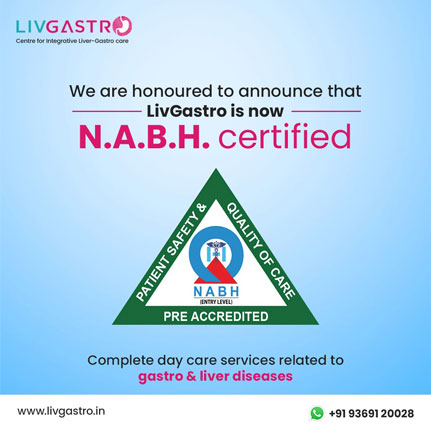
Team LivGastro provides utility based model of care that integrates specialists, primary care , laboratory, imaging and other health services to give patients a convenient and superior outcome along with a pleasant experience. Since we primarily focus on outdoor-patient care, on the site instant testing along with detailed and accurate results, we enable our patients and their families save
a lot of effort, time and money.
Polypectomy, also called colonic polypectomy, is carried out in order to remove polyps, from which it derives its name. Polyps are small nodule like structures which develop in the intestines. These are not always dangerous. In most cases, these are benign. However, in some cases these may become cancerous. Polypectomy is also used in order to prevent polyps from turning cancerous in the first place.
In the process of Polypectomy, polyps are removed through surgery, esophagogastroduodenoscopy or colonoscopy. Surgery is used if the polyp is too large to remove by normal endoscopy. The operation depends on the size of the item to be removed.
There are two kinds of polyps: Sessile polyps and pedunculated polyps. Both of these develop to a large size.
Sessile polyps are harder to remove by the process of polypectomy and endoscopy as these directly remain attached to the colonic walls. Such operations can have serious complications. The only way to remove these is through Snare Polypectomy. However, this cannot be done over a wide area as there is a danger of colonic perforation. In order to ensure that this does not happen, sterile fluid is injected at the base of the polyps to snare them without damaging the colonic walls.
Pedunculated polyps remain attached to the colonic walls through stalks. Therefore, these are easier to remove by snare polypectomy. When such a polyp is found, the snare is passed over and around the stalk. The snare is made tight to provide a strong grip. The polyp is then pulled away from the walls. At the same time, electricity is passed through the stack to cauterise the tear immediately and help in the tearing at the same time. Finally, doctors use the colonoscope to retrieve and remove the polyp.
Complications can take the form of colonic perforation and bleeding.
